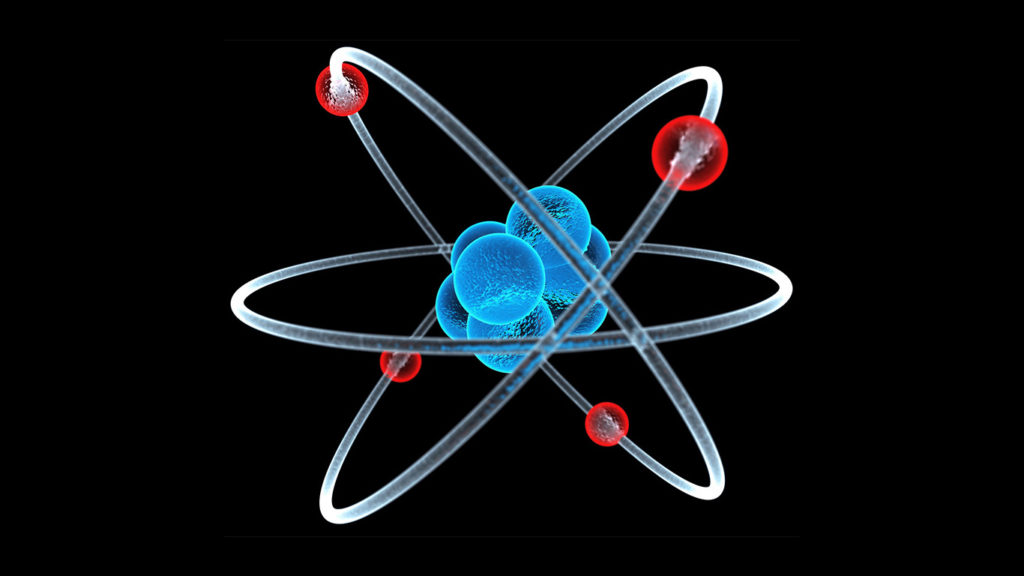
John Price, professor of physics at California State University, Dominguez Hills (CSUDH) has received a three-year, $235,000 grant from the Department of Energy (DOE) for his ongoing experimental nuclear physics program in proton research: “Photo- and Electroproduction of Multiply-Strange Hyperons at CLAS.”

This is the fourth grant Price has been awarded from the DOE for the program since 2007. The funding covers Price’s and his students’ research costs, including travel to the Thomas Jefferson National Accelerator Facility in Newport News, VA, where the research has been carried out since 2006.
“This is a significant sized grant for us. It enables us to do the research while supporting our student research,” said Price, who has worked with 16 graduate students in the program over the past decade. “We’ve had really good success with our students–nearly all involved in this research program have gone on or have at least been accepted into graduate school.”
Alec Thompson (’12, B.S, physics), worked with Price as a student researcher. Today he is a test engineer at Panasonic Avionics where he develops in-flight entertainment systems for airplanes.
“I can unequivocally say that I wouldn’t have this job if it wasn’t for the work I did for Dr. Price. One of my main tasks was to help setup Dr. Price’s computer cluster. We needed good computational power to do the data analysis that we were doing,” said Thompson. “The troubleshooting; the setup of the computer cluster; what I learned about the Linux operating system and scripting–all were directly transferable to the job I do at Panasonic Avionics.”
Weird Science
The research Price and his students conduct centers around the proton’s structure and its interactions.
“We know it’s [proton] made of these little particles called quarks, and they’re held together by other little particles called gluons–they ‘glue’ the quarks together,” said Price. “We are trying to take a ‘snapshot’ of the proton, to see what it looks like inside. The problem is that you can’t do this with normal light. The wavelengths of visible light are much, much larger than the proton, so protons are completely invisible in what we call visible light. So we are looking for ways to change how we do this.”
Price uses high-energy photons (light), which have very short wavelengths, to peer into a proton, but since subatomic particles like protons interact in various ways, researchers have to use other types of probes as well, including the proton itself, to get a complete picture of the proton’s structure and its behavior. A great deal of effort has been expended by the physics community in studying the proton-proton interaction, according to Price.
To be thorough, Price and his students use the Lambda particle, which has a structure similar to the proton, but is made of different quarks to study proton interaction.
“The problem is that, because Lambda particles are short-lived (approximately a quarter of a billionth of a second), it is difficult to make a Lambda beam,” said Price. That’s where my research comes in. I have found a way to make a beam of Lambdas that we can use to study their interaction with protons.”
Price presented the status of his research at the annual meeting of the American Physical Society in April 2016.
“This work, while not Earth-shattering to some, is mildly groundbreaking in that it gives us a new type of particle beam that we can use to study nuclear physics processes,” said Price.